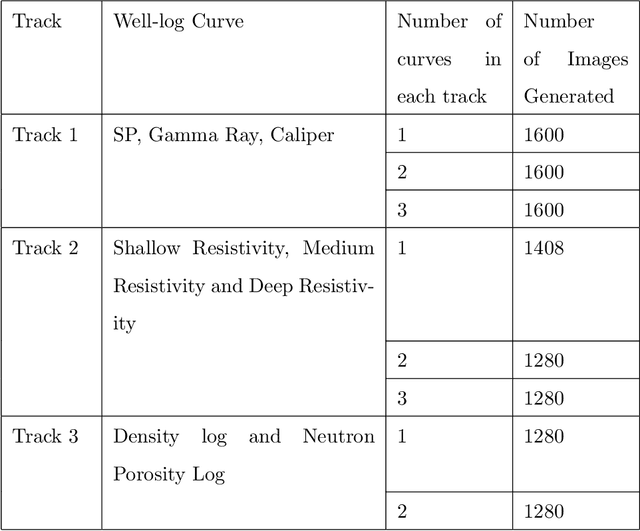Digitization of Raster Logs: A Deep Learning Approach
Paper and Code
Oct 11, 2022



Raster well-log images are digital representations of well-logs data generated over the years. Raster digital well logs represent bitmaps of the log image in a rectangular array of black (zeros) and white dots (ones) called pixels. Experts study the raster logs manually or with software applications that still require a tremendous amount of manual input. Besides the loss of thousands of person-hours, this process is erroneous and tedious. To digitize these raster logs, one must buy a costly digitizer that is not only manual and time-consuming but also a hidden technical debt since enterprises stand to lose more money in additional servicing and consulting charges. We propose a deep neural network architecture called VeerNet to semantically segment the raster images from the background grid and classify and digitize the well-log curves. Raster logs have a substantially greater resolution than images traditionally consumed by image segmentation pipelines. Since the input has a low signal-to-resolution ratio, we require rapid downsampling to alleviate unnecessary computation. We thus employ a modified UNet-inspired architecture that balances retaining key signals and reducing result dimensionality. We use attention augmented read-process-write architecture. This architecture efficiently classifies and digitizes the curves with an overall F1 score of 35% and IoU of 30%. When compared to the actual las values for Gamma-ray and derived value of Gamma-ray from VeerNet, a high Pearson coefficient score of 0.62 was achieved.
 Add to Chrome
Add to Chrome Add to Firefox
Add to Firefox Add to Edge
Add to Edge